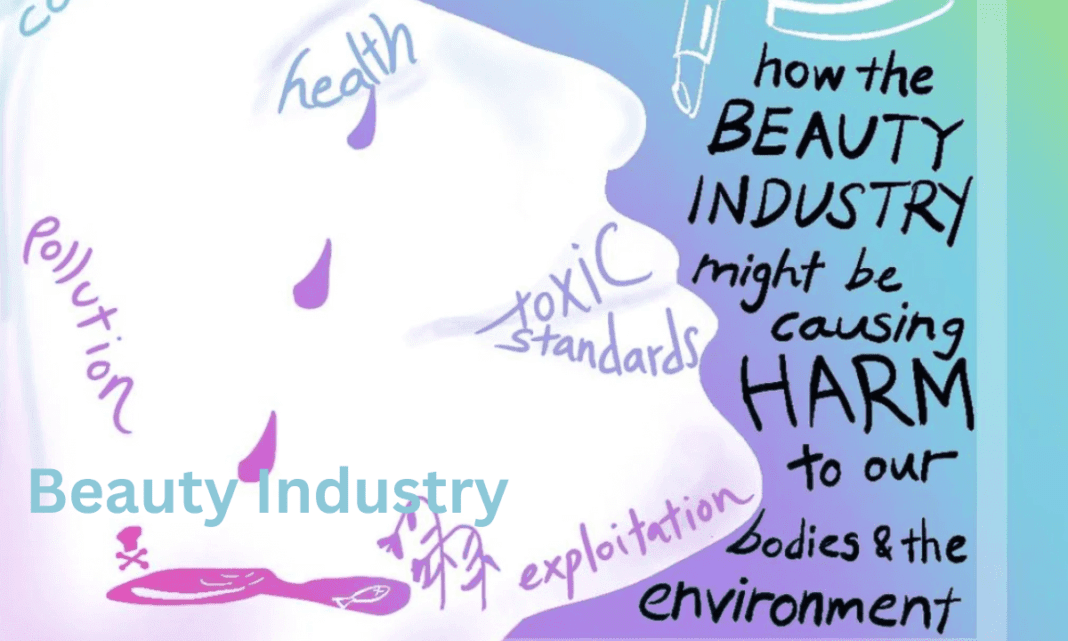The Beauty Industry: A Safe Haven for Damage or Products for a Radiant Health?
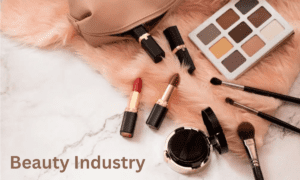
The history of the beauty industry spans millennia, beginning with a Roman formula for an anti-wrinkle cream and continuing up to modern-day multi-product cosmetic kits. The beauty industry includes everything related to skincare, hair care, fragrance, and cosmetics.
Statista estimates that the worldwide cosmetics market will be worth US$80.74 billion in 2021 and generate approximately US$131 billion in revenue by 2026. However, due to its exponential expansion, the industry’s plastic use has soared, worsening environmental problems.
The Beauty Industry
The beauty industry is the business that makes and sells cosmetics. Cosmetics (including eyeshadow, mascara, and foundation), personal care items (including moisturizers and cleansers), hair care products (including shampoos, conditioners, and hair dyes), and bathroom necessities (including soap and bubble baths).
The production of cosmetics is dominated by a few multinational organizations. At the same time, distribution and sales are handled by various companies.
Following usage instructions should prevent adverse reactions. Manufacturers conduct product testing to ensure safety. The FDA periodically conducts testing as part of its research program or when investigating possible product safety issues.
The FDA’s efforts in product testing benefit the cosmetics industry and consumers alike.
L’Oréal, Estée Lauder, Coty, Nivea, Shiseido, and Chanel are the top cosmetics firms.
Contentious Issues
Racism of Race
White or light skin is promoted by several companies as more than just a cosmetic alteration; it is also seen as a way of life. One definition of white beauty is a way of life characterized by “sophistication, beauty, power, and wealth.
” The United States and Europe employ a variety of mass media to spread their advertising and marketing messages to other cultures and influence their consumption habits.
Famous people endorse many skin-lightening products, making people want to buy them even more. However, using these products is risky for the user’s health and can lead to severe skin damage.
Researchers S. S. Agrawal and Pallavi Sharma found mercury in all samples of skin-lightening creams in India. None of the brands listed mercury as an ingredient. The World Health Organization warns that these products can cause serious health issues.
Despite the known dangers to their health, many women of color continue to buy skin-whitening cosmetics.
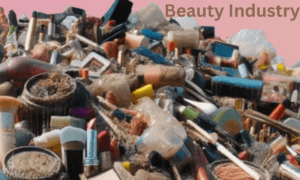

“Skin tone dissatisfaction and skin bleaching” are outcomes that Choma and Prusaczyk’s poll of black and brown women in the United States and India forecasts. Some cosmetics brands have made a killing out of the societal expectation that people should have lighter skin.
“Skin bleaching goes beyond physical changes, impacting psychological well-being and perpetuating racist ideologies and beauty standards,” the report stated.
Effects on Mother Earth
Several cosmetics ingredients and their manufacturing processes are harmful to the environment. In 19, lipstick and hair wash were two palm oil products. Many endangered animals, such as orangutans, tigers, elephants, and rhinos, have had their forests cut down for palm oil.
Experimentation on Animals
Many people are upset about how the cosmetics business uses animals in their tests. Toxicology tests, such as the LD50 method, The process involves determining the toxin concentration that will kill 50% of test animals and conducting the Draize eye irritancy test.
Which involves applying the test chemical to the eyes of rabbits and leaving them on for multiple days, are examples of animal tests that are conducted.
Over time, non-animal testing has gradually supplanted animal testing in the cosmetics industry due to public uproar, financial concerns, and practical factors.
The Environmental Protection Agency’s ToxCast is one such non-animal test; it’s just as accurate as animal testing, but it takes less time and money to produce the same results.
In 2013, the EU prohibited the commercialization of cosmetics tested on animals. However, this rule is only sometimes applicable. Suppose the data for the ingredients used in cosmetics came from testing for non-cosmetic products. In that case, it is acceptable to use animal testing data for cosmetics.
Secondly, the restriction does not apply if the cosmetic product was evaluated in a country outside of the EU that requires animal testing. Some nations, including China, Russia, Japan, and the United States, continue to permit cosmetic testing on animals.
Some contend that the “cruelty-free” designation is meaningless”Without regulation and standardized third-party certification,” even though several cosmetics businesses make such claims (e.g., Milani, ELF, Aveda, and Bath & Body Works). The use of a rabbit logo is every day among cruelty-free goods advertisements.
A parallel debate of best practices and ethics arises when human subjects are used for cosmetic testing.
Worker Protections
Several studies have examined social issues, including workers’ rights and the sociology of the body. According to studies, some retail establishments engage in discriminatory employment practices and favor recruiting members of privileged social classes to project an image of affluence.
Barriers for People With Disabilities
Is the Beauty Industry a Haven for Harmful Substances or a Source of Healthy, Radiant Products?
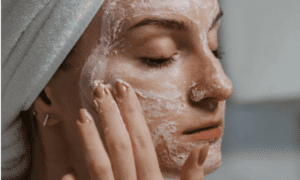

Despite capitalizing on insecurities and alienating large segments of society, numerous skincare and cosmetics corporations project an image of social awareness and transformational power. Geoffrey Jones examines the ugly side of the cosmetics business.
Deeply Responsible Business is my newly released book. In it, I discuss examples of responsible behavior by business leaders from the 19th century. These leaders prioritized the well-being of their communities over the pursuit of profit maximization.
Corporate social responsibility (CSR) and the duty that aims to improve society are very different. I contend that three methods have been adopted by highly responsible corporate executives who are motivated by virtue and spirituality:
They Opted For Fields Where Goods and Services Benefit People and Their Well-Being.
They never exploited or hurt anyone interacting with stakeholders, including workers, vendors, consumers, and government authorities.
Lastly, they believed businesses could and should play a significant part in making their communities thrive.
As I worked on the book, the topic of accountability in the beauty industry—which I have discussed extensively—came to me. The industry’s massive scale and unrelenting expansion make it all the more surprising that the subject of the industry’s responsibility has gotten so little attention.
By 2023, the global beauty business had amassed $625 billion in sales, with an additional 16 percent coming from China and 20 percent split between Western Europe and the US. Is this sector of the economy responsible? Let’s dissect it.
Evaluate The Cosmetics Market Based on its Practicality.
One approach to answering this issue is to ask whether this sector helps people thrive.
Given their widespread use in every ancient civilization, beauty goods likely served a socially beneficial purpose connected to the universal human drive to attract and reproduce.
Furthermore, the possibility of improving one’s appearance through cosmetics and lotions has been much welcomed by many.
Additionally, many early artisan beauty products’ chemicals posed severe health risks. The use of introductory chemistry in the cosmetics industry dates back to the 19th century, so it’s reasonable to assume that safety has improved.
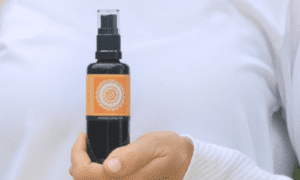

“Brands frequently establish their regulations, and numerous brands can assert that their products are ‘natural,’ creating the illusion that they utilize safe, organic ingredients when they might not.”
But not all chemicals were or are harmless, and businesses in the sector have been slow to accept outside oversight. Companies based in the US have done an excellent job of fighting against regulations that could limit the use of potentially dangerous substances.
More than 1,300 chemicals utilized as cosmetic ingredients have been banned or regulated by the European Union, according to a 2019 research. Still, only 11 have been outlawed or curbed by the United States.
Any global standard only requires companies to provide customers with a certain level of detail regarding the ingredients in their products.
Companies have a lot of leeway to impose their regulations, and many of them can boast that their goods are “natural,” which could trick customers into thinking they employ only safe, organic components.
Have the Cosmetics Industry’s Leaders Shown Modesty and Purpose?
Secondly, a socially conscious company would engage with its stakeholders humbly and purposefully, not in an exploitative or damaging way. It appears that the cosmetics business does not meet the criteria when it comes to customer service.
The industry’s penchant for lavish advertising campaigns, which target women and aim to increase their product purchases, dates back to the 19th century and beyond.
With $7.7 billion, or 6% of the total global advertising spend in 2022, cosmetics and toiletries were among the top ad categories globally.
More crucially, the industry’s marketing has been marked by overstated assertions on the extraordinary effects of its goods and the extraordinary properties of its exotic components.
Refresh Your Wardrobe with Upcycling Fashion Ideas
Also, There Were Two More Ways in Which The Mainstream Industry’s Marketing Messages Were Reckless.


They left out specific groups of people. White people’s features were given more prominence when the industry emerged. Ads by major brands still mainly target white women and ignore people of color, even though there is a stronger movement for ethnic diversity.
The youths were preferred. Furthermore, the industry has always been fixated on age and quite vocal that any woman past the mid-20s—and occasionally even younger—had an issue that required fixing.
It was incredibly irresponsible to instill fear of aging in generations of women.
Furthermore, although many women have worked in the industry, they needed to be more represented in leadership as businesses expanded. In 2023, Bath & Body Works had just one female chief executive officer among the top ten worldwide beauty corporations.
Last but not least, the beauty industry’s influence on the environment is just as bad as that of the fashion sector. Presently, the annual amount of beauty packaging exceeds 120 billion units, with a significant portion of that quantity going to trash.
Commonly used substances, such as chemical preservatives, can alter the biochemistry of aquatic organisms, particularly plankton populations, which can also harm humans.
The beauty industry’s attempts to address environmental concerns must be more consistent. For example, numerous businesses have pledged to phase out single-use plastics and increase transparency on product ingredients.
The Role of the Beauty Industry in Society
Community support is a hallmark of genuinely responsible corporate executives. They invest in specific cities, generating jobs and improving the quality of life by funding cultural and educational institutions.
“The beauty industry has had a toxic impact on the natural environment and has monetized people’s anxieties about their looks in many ways.”
There was little need for beauty enterprises to participate in community building as most of their success came from being based in prominent fashionable locations like New York and Paris.
New York and Paris were lauded for their global prominence in the industry, not local communities’ beauty standards. The industry propelled global beauty standards rather than local ones.
Aside from devastating the environment, the beauty business has made a killing off people’s insecurities about their appearance. Because of these things, I don’t think the sector can be considered “deeply responsible,” at least not just yet.
Industry leaders still have the power to make a difference by acting responsibly, even without government oversight.
Your time here is much appreciated! Become a member of blogkingworld.com if you enjoyed this and found it useful. To remain, sign up for my newsletter at no cost. Content and resources to help you get more done in less time. This might be of interest to you: Maximizing Efficiency through the Use of Prioritization in Time Management.


